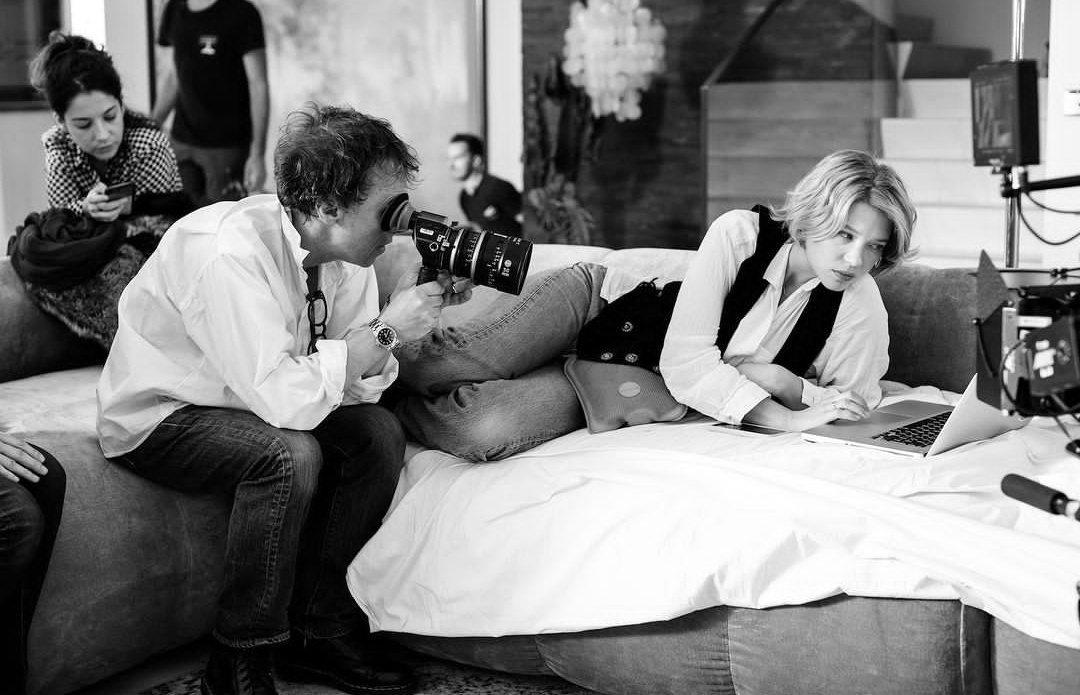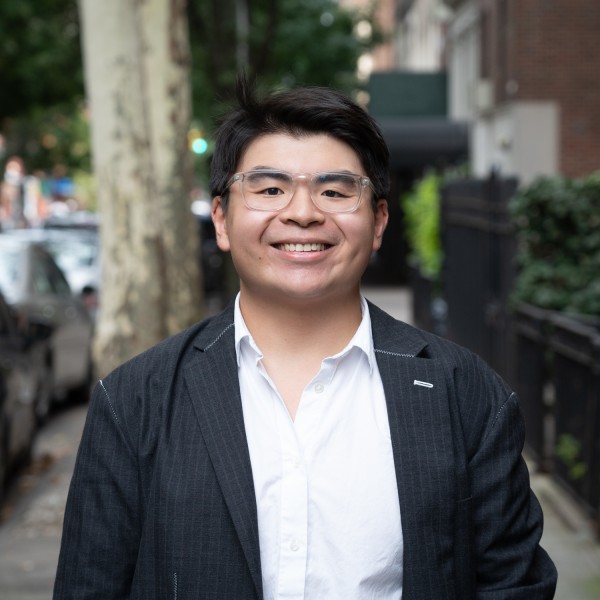French filmmaker Bertrand Bonello has always used the cinematic medium as a means to explore the extremities of human desire. Whether it was in his 2011 feature “House of Tolerance,” which depicted life in a luxurious fin-de-siècle Parisian brothel, or “Zombi Child,” a 2019 Haitian Voudou thriller, Bonello constantly pushes the bounds of storytelling and film form.
Starting April 5, his latest sci-fi melodrama, “The Beast,” will begin screening at the Film at Lincoln Center.
Loosely based on the Henry James novel “The Beast in the Jungle,” the film stars Léa Seydoux and George MacKay as star-crossed lovers across three time periods: Paris in 1910, Los Angeles in 2014 and a 2044 Paris dominated by artificial intelligence. As the film transports audiences back and forth through time, Bonello constructs an epic two-and-a-half hour tale of loneliness and regret, poetically capturing the sentiment of right person, wrong time.
WSN sat down with Bonello to talk about his new film, impending catastrophes, the innate evil of pigeons and the dangers of AI.
This interview has been edited for length and clarity.
WSN: Your film has a non-linear temporal structure, jumping from the future between 1910 and 2014. Could you talk about how you selected these three distinct time periods in the film?
Bonello: At one moment first there were actually four time periods planned — we were meant to also cover 1936. But I chose to start in 1910 because the beginning of the century is something I am always fascinated about. You enter the 20th century full of light and full of the idea that it is going to be the great century. I like that moment — it’s 1910, it’s light and four years later it’s going to be darkness. I also wanted to use the idea of the flood of Paris, which is in 1910. For the 2014 sections of the film, I was actually inspired by the videos filmed by Elliot Rodger in Los Angeles that year. So I kept faithful to the time and place. I set the future in 2044 because I wanted a date that was very close to us. Something we can imagine. We all remember 20 years, so we can imagine 20 years later. It’s a future that you can touch.
WSN: A perpetual sense of crisis permeates through the whole film. The Paris flood, the earthquake in Los Angeles, the impending killings and finally your vision of a future where machines eliminate the possibility of disasters. Where does your fascination with catastrophes — and perhaps your fear of a future without these events — come from?
Bonello: There is a lot of personal fear in the film. A lot. But the idea of catastrophe comes from the Henry James novel. In the book the character says “I know that a catastrophe will arrive, I don’t know what.” But, to me, this is a fantastic idea to have. This feeling something will happen, we don’t know what it is but something is going to happen. So it puts the characters, but also the audience, in expectation of some invisible terror. And there is nothing more freaky than the invisible.
This idea of catastrophe, I think more and more, is something we all think about because we are living in a world that is just so full of it. And we know that tomorrow is going to be worse. We are always waiting for the next one. The press and the media are always fixated on this idea of a catastrophe because it keeps you paralyzed. So I invented the idea of 2044, in which the world has finally averted all catastrophes, which is maybe the worst catastrophe of all. Because you are not expecting anything anymore. Fear is a beautiful feeling in a way because it makes you very aware of everything. An animal that is scared is looking everywhere. He is not sleeping, he is alive. Science fiction, which I’ve never done before, I realized is not just constructing a future world and creating some new concepts, but it allows you to talk about your fears of today through inventing tomorrow.
WSN: Technology, whether it be the internet or AI, is present throughout the film. It influences politics and labor, but also our ability to express and feel certain emotions. In your eyes, how does technology play into these themes of loneliness, fear and love?
Bonello: I think the relationship between technology and humanity is such a big question. In 2014, we are more connected than ever, but we are also more lonely than ever. Technology is a tool and it depends on what you do with it. If you have a hammer, you can put something up on the wall, or you can kill someone with it. What are you going to do with the tool? And are you the master of the tool? Humans must always be masters of their tools. But now, more and more technology has become the master of humanity. Technology also changes how we express emotions. It twists them. For example, it is obvious in the case with social media. Narcissism and the ego has become the evil of the century. I am not saying social media is bad, but again, it depends on how you use it.
WSN: You’ve previously said that the ‘devil is in the pigeon’ and there is this recurring pigeon motif in the film. Could you talk a little more about the role of the pigeons in the film?
Bonello: It is something very personal. Okay — I hate pigeons. When I see a pigeon, I really think the devil is looking at me. But besides that, I like the fact that you can use an animal that everyone knows and that is everywhere. I wanted to take an animal that is not seen as dangerous, and try to put some danger in it. Try to find something in reality and twist it. For example, if you look at pigeons, they are not threatening. But if you do a closeup of the eye it’s really freaky, but it’s the same animal.
WSN: The scenes in the film where Gabrielle is having her DNA scrubbed are viscerally uncomfortable but mesmerizing at the same time. She is submerged in this black tar and a mechanical arm sticks a syringe into her ear. What was the process of coming up with this sequence?
Bonello: My god, it took ages to find an idea for this. We started to draw some machines but everything seemed fake to me. Then I wanted to experiment with something physical, and liquid is something very physical to me. And the ear is also something very physical because we can feel it. So it took me a lot of time to decide to use a bath, filled with a substance that is very thick and very dark. We cannot see her body and she’s just floating.
I wanted the machine to go through either her eyes or her ears, and I chose the ear because you can really feel when something is in there. But coming up with these kinds of sci-fi ideas, they don’t come straight away. It takes a lot of attempts that you put in the trash before you find something.
Contact Mick Gaw at [email protected].
























































































































































